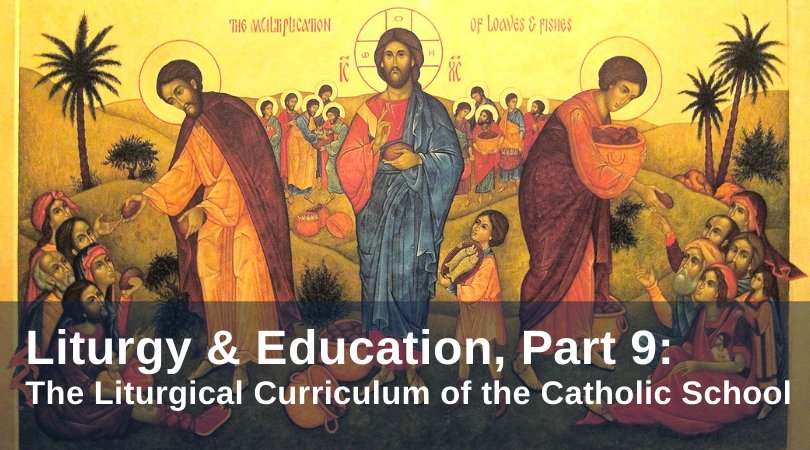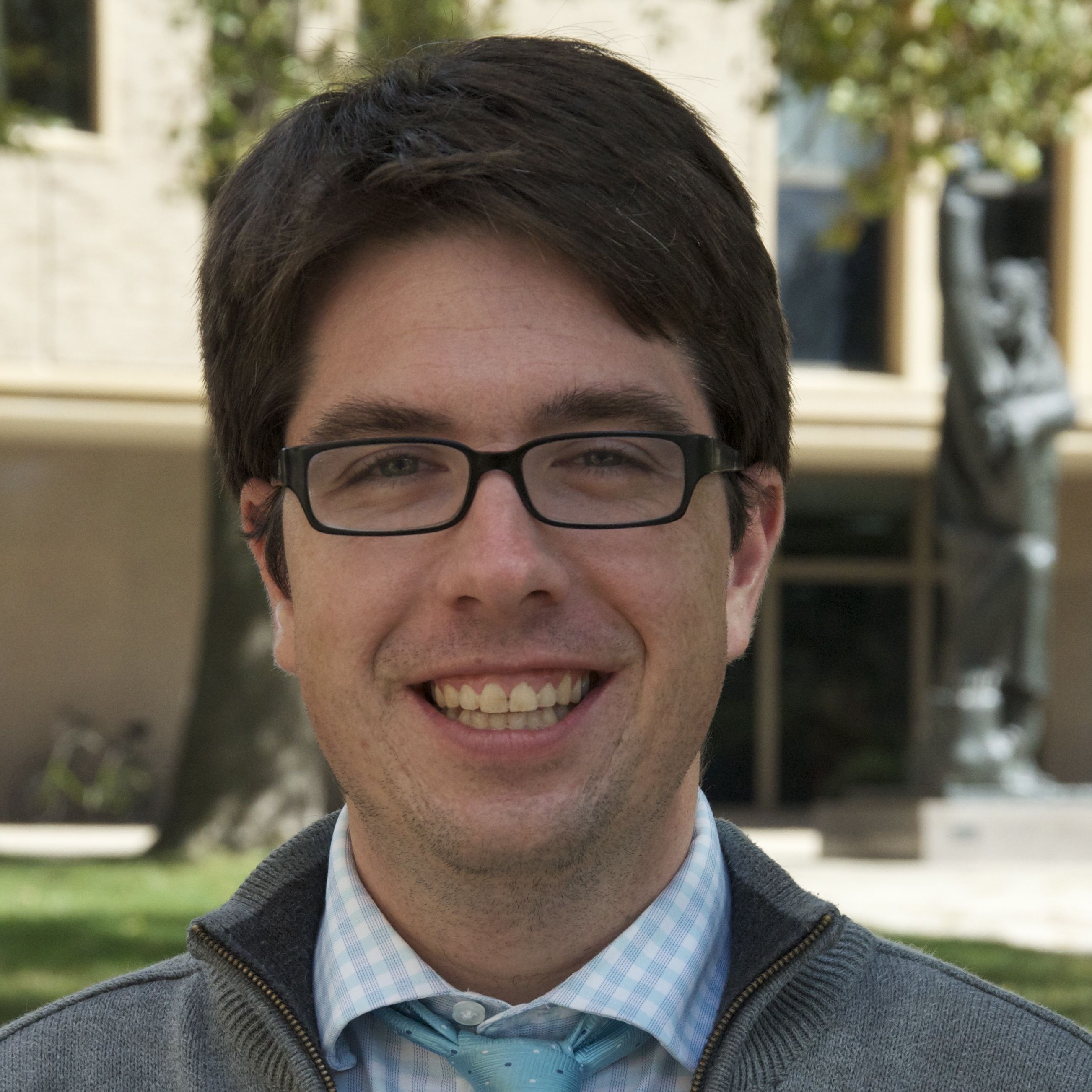
The Will Transformed
Thus far in this series, we have treated the liturgical curriculum of a Catholic school as related to both memory and understanding. In this last section on curriculum, we must attend to the role of the will.
Educational theory today emphasizes the importance of project-based learning. It is not enough just to know something, the educational philosopher argues, but one must know how to use it. Calculus is best learned not through endless drilling of the student, but through a concrete project that enables the student to use what has been learned.
This is not an improper insight into the act of learning. The cry from the heart of the student who asks, “When will I use this?” could be understood not as a creeping functionalism but as a vital inquiry into the meaning of a particular educational activity. Human beings do learn in the concrete. And therefore, understanding how calculus is used, its purpose, is not inessential to learning the discipline.
Still, there is something about the question “When will I use this?” which is insufficient to guide a Catholic philosophy of education. Human beings are actors in the world. We make things, use material for the sake of building a civilization. This insight of John Dewey, American philosopher of education, is not wrong.
The problem with Dewey is that human beings do not just “make things.” We are not only constructors of matter but also lovers who contemplate the good for its own sake. We have an interior life that exceeds the pragmatist approach to education that has dominated educational philosophy in the United States in the last 100 years.
In Catholicism, the “will” is closely linked to this interior life. The will, or voluntas in Latin, is associated with desire. The Catholic school forms the will of the student to desire that which is good, beautiful, and true. Although learning objectives can be created in the classroom, this formation of the will is itself a mystery in which the student must be given space to behold, to ponder, to make decisions, and to consider the fittingness of this activity. No teacher has the capacity to demand that the student adopt a theological posture toward reality, to force the student to love calculus or delight in poetry. An environment may be created, but the transformation of the will is an act of personal attunement on the part of the student.
Here, one discovers once more the liturgical quality to education. Liturgy, despite exaggerated claims in the early 20th century, cannot “force” someone into a Catholic worldview. Rather, the liturgical celebration gives the person, in the communion of the Church, a space to adopt a will shaped by the self-giving love of the Word made flesh. The one who prays the Confiteor at Mass must attune his or her will toward a posture of “confession.” One must learn to desire the good that the Confiteor presents—a good in which we stand before the triune God, the communion of saints, and our brothers and sisters in poverty. We are not complete, for God alone is the source of all praise. Such an education, of course, takes a lifetime. And this formation does not conclude with the liturgical act but begs us to reshape our lives as one who does what is good and holy.
Here, I think, the liturgical orientation of Catholic education must shape the way that Catholics are initiated into social justice within the school. In Catholic schools, contemplation and action are mostly severed from one another. The social teaching of the Church pertains to action, while celebrating the Eucharist is a contemplative task.
We must offer a definitive ‘no’ to this artificial separation. If the will is to be transformed, it will be through an act of contemplation, and the will must be exercised in the concrete love of the neighbor. The separation between activity and contemplation, between justice and prayer, is ultimately detrimental to an integral formation. To be Catholic is to know, desire, and love the good.
In this sense, Catholic education is best when it is liturgical. That is, it infuses the memory of the student with salutary images, it gives space for meditating on these images, and it gives space for the students to love what they contemplate. Catholic education is healing, precisely because it offers an integrated vision of knowing and being. And that pedagogy, of course, is learned best in the liturgy.
Like what you read? Submit your email below to have our newest blogs delivered directly to your inbox each week.
Featured image: New Skete, Multiplication of the Loaves and Fishes by Sr. Patricia Reid, RSCJ; courtesy of Jim Forest via flickr; CC-BY-NC-ND-2.0.


